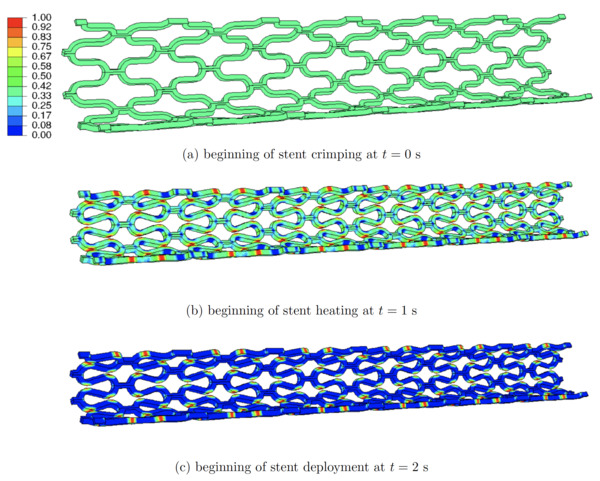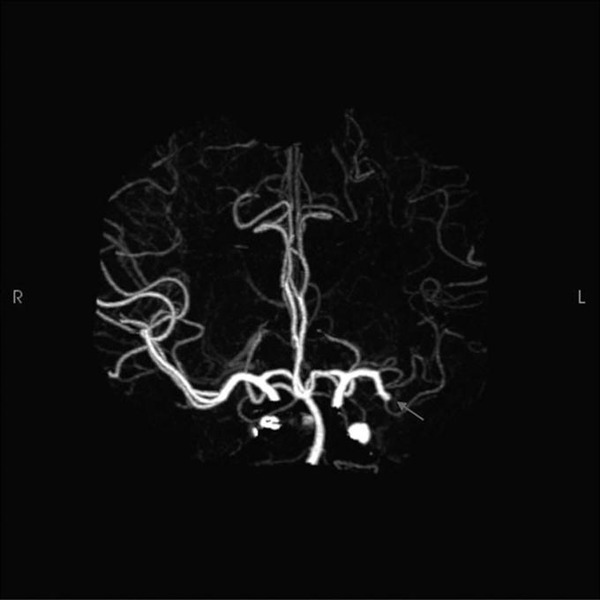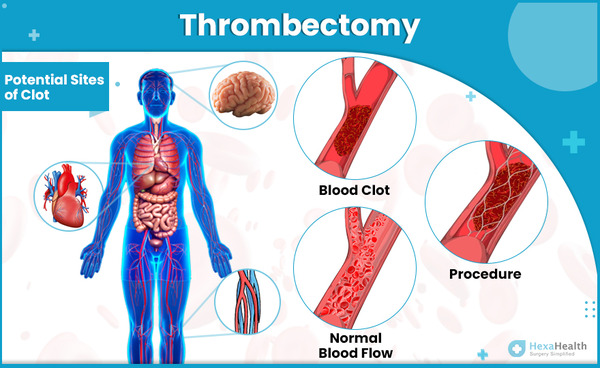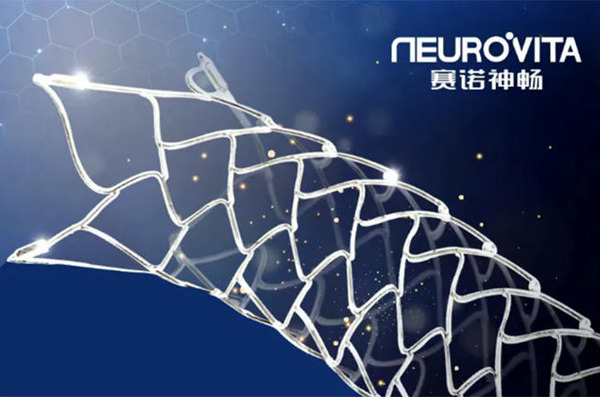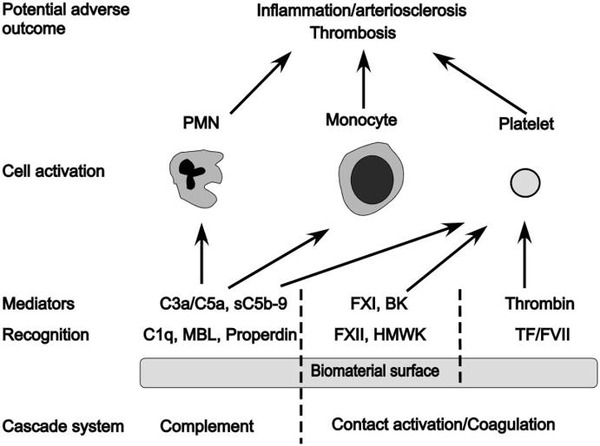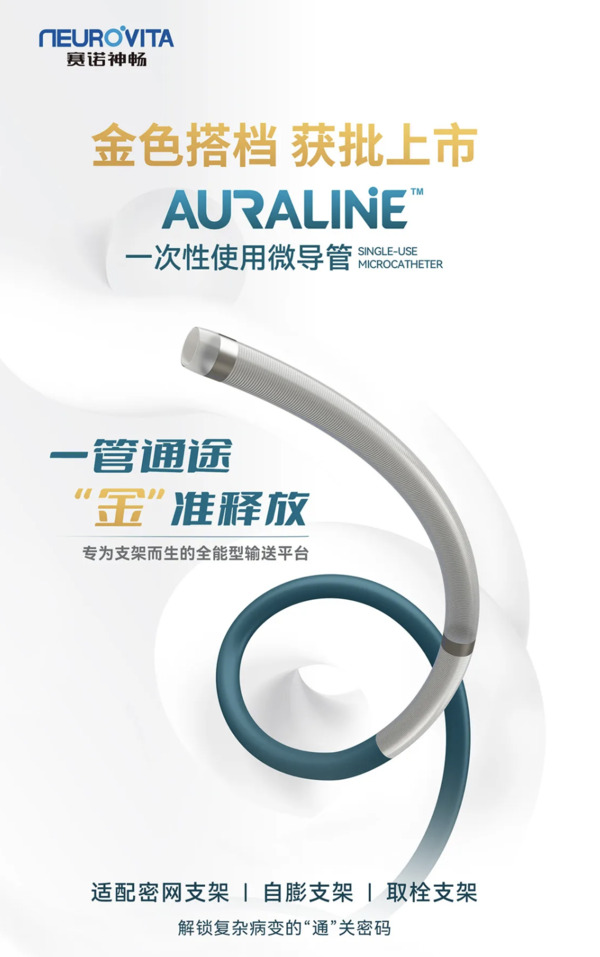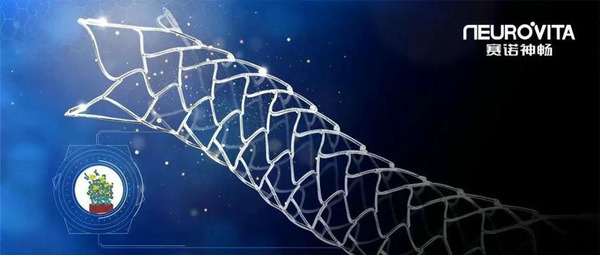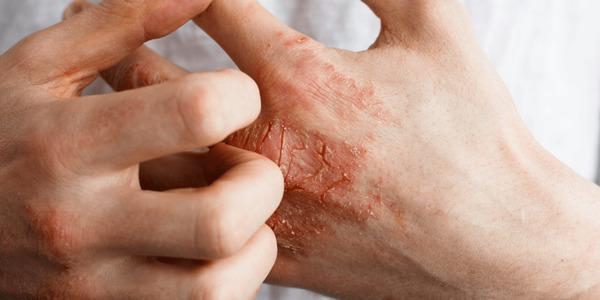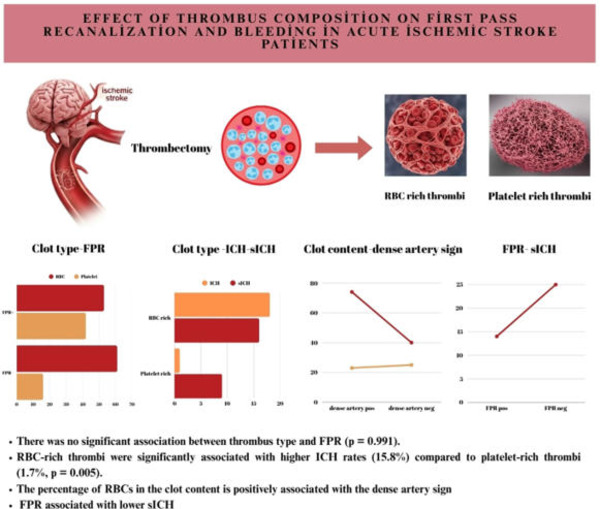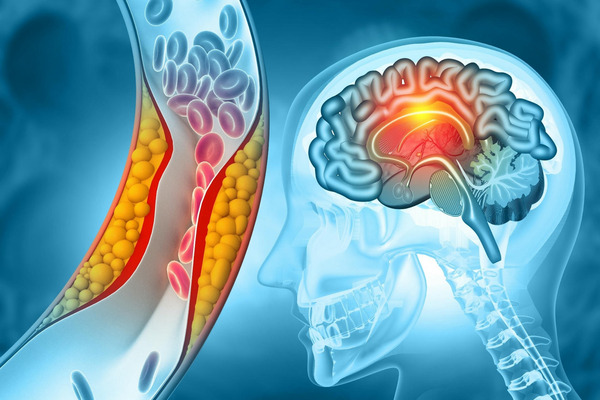 Your new post is loading...

|
Scooped by
Beeyond
December 29, 2:15 PM
|
To capture the damage in the artery induced by the stent, a gradient-enhanced damage model for arteries is implemented. It allows a detailed investigation of damage onset and evolution and proves to be numerically robust. Due to the modularity of the damage model, further characteristics of the artery such as prestretch, anisotropic behavior, and mass turnover can be readily incorporated.

|
Scooped by
Beeyond
December 25, 9:04 AM
|
A new study suggests that dementia may be driven in part by faulty blood flow in the brain. Researchers found that losing a key lipid causes blood vessels to become overactive, disrupting circulation and starving brain tissue. When the missing molecule was restored, normal blood flow returned. This discovery opens the door to new treatments aimed at fixing vascular problems in dementia.

|
Scooped by
Beeyond
December 15, 5:47 AM
|
The factors causing a surge in stroke cases during winter are a cold-induced rise in blood pressure, dehydration, and reduced activity. Experts emphasise awareness and preventive measures to protect at-risk individuals

|
Scooped by
Beeyond
December 8, 4:28 AM
|
Study in Lancet Digital Health represents the largest real-world evaluation of stroke AI imaging, encompassing data from more than 450,000 patients admitted to more than 100 NHS England hospitals over a 5-year period

|
Scooped by
Beeyond
November 30, 4:31 PM
|
According to a new study published in the New England Journal of Medicine, carotid artery stenting combined with medical therapy demonstrated a significantly lower stroke risk compared to intensive medical therapy alone in patients with severe asymptomatic carotid stenosis.

|
Scooped by
Beeyond
November 30, 4:30 PM
|
Intracranial atherosclerotic disease (ICAD) significantly contributes to ischemic stroke, especially among Asian populations. Large vessel occlusion (LVO) due to underlying ICAD accounts for 15–35% of acute ischemic stroke cases requiring endovascular therapy. However, the successful recanalization rate of ICAD-related LVO remains lower. The TG dilator is a self-expandable device, temporarily dilating ICAD-related blocked blood vessels.

|
Scooped by
Beeyond
November 30, 10:34 AM
|
In stroke due to basilar artery occlusion, the best technique to use for thrombectomy appears to depend on the underlying etiology of the clot, a new trial suggested. The Chinese ANGEL-COAST randomized trial compared two different techniques used for endovascular thrombectomy — either contact aspiration or stent retriever — in patients with basilar artery occlusion stroke. Results showed that using contact aspiration on the first attempt at clot removal achieved higher initial reperfusion rates without increasing the risk for symptomatic intracerebral hemorrhage or periprocedural complications.

|
Scooped by
Beeyond
November 20, 9:29 AM
|
Flow diversion is a transformative approach in neurointerventional surgery for intracranial aneurysms that relies heavily on effective antiplatelet therapy. The ideal approach, including the timing of treatment, the use of dual antiplatelet therapy (DAPT), and the number of flow-diverter devices to use, remains unknown. DAPT, which combines aspirin with a thienopyridine like clopidogrel, prasugrel, or ticagrelor, is the standard regimen, balancing thromboembolic protection and hemorrhagic risk. The variable response to clopidogrel, influenced by genetic polymorphisms, necessitates personalized treatment strategies. Alternatives like prasugrel and ticagrelor provide superior efficacy in specific scenarios but require careful consideration of bleeding risks and costs.

|
Scooped by
Beeyond
November 20, 9:25 AM
|
Despite growing evidence supporting the success of DAPT in reducing thromboembolic events, the lack of consensus on optimal regimens, doses, and duration is evident. Factors contributing to this variability include genetic polymorphisms affecting treatment response and ongoing debates regarding the clinical significance of hemorrhagic complications associated with DAPT.

|
Scooped by
Beeyond
November 10, 3:27 AM
|
The Chinese ANGEL-COAST randomized trial compared two different techniques used for endovascular thrombectomy — either contact aspiration or stent retriever — in patients with basilar artery occlusion stroke. Results showed that using contact aspiration on the first attempt at clot removal achieved higher initial reperfusion rates without increasing the risk for symptomatic intracerebral hemorrhage or periprocedural complications.

|
Scooped by
Beeyond
November 3, 4:20 AM
|
Intra-arterial (IA) alteplase was associated with superior 90-day functional outcomes than standard therapy alone in Chinese patients with large-vessel occlusion (LVO) stroke who had achieved successful endovascular reperfusion, new research showed.

|
Scooped by
Beeyond
November 3, 4:18 AM
|
A new individual patient-level data meta-analysis has shown “overwhelming benefit” of endovascular thrombectomy (EVT) in a wide spectrum of patients with large-core strokes. The ATLAS meta-analysis showed consistent improvements in functional independence and independent ambulation and reduced mortality with EVT compared with best medical management alone. The treatment benefit of EVT was maintained across key clinical and imaging subgroups, regardless of age, sex, clinical severity, time to treatment, stroke size, and mismatch profile.

|
Scooped by
Beeyond
November 3, 4:16 AM
|
In patients with vertebrobasilar artery occlusion (VBAO) stroke undergoing mechanical thrombectomy, first-line contact aspiration appears to produce a greater first-pass effect (FPE) compared to a stent retriever-only approach. However, stent retriever-first techniques may yield better final reperfusion rates, resulting in no significant difference in overall clinical outcomes between the two. As such, researchers believe that technique selection based on the underlying occlusion aetiology may be critical, and further analyses are warranted to clarify this relationship.

|
Scooped by
Beeyond
November 1, 12:37 PM
|
Protembis was founded in 2013 and is headquartered in Aachen, Germany. The company develops innovative technologies to reduce the risk of new brain injury during cardiology procedures particularly in connection with transcatheter aortic valve replacement (TAVR).

|
Scooped by
Beeyond
October 27, 7:55 AM
|
An aneurysm is a problem of the blood vessel wall, where they bulge abnormally. Aneurysms can be asymptomatic, whereas some aneurysms can result in life-threatening risks when they rupture. As with time, science and Technology are improving; with the revolution in advancements in neuro-interventional radiology, this aneurysm can be treated with minimally invasive approaches. Of these, aneurysm coiling has become a suitable, effective standard procedure. IRFacilities provides this advanced technique with safe aneurysm endovascular interventions and optimum effective patient results.

|
Scooped by
Beeyond
October 20, 7:09 AM
|
Stroke mortality has been declining over the past 6 decades, and as a result, stroke has fallen from the second to the fifth leading cause of death in the United States. This trend may follow recent advances in the management of stroke, which highlight the importance of early recognition and early revascularization. Recent studies have shown that early recognition, emergency interventional treatment of acute ischemic stroke, and treatment in dedicated stroke centers can significantly reduce stroke-related morbidity and mortality. However, stroke remains the second leading cause of death worldwide and the number one cause for acquired long-term disability, resulting in a global annual economic burden.

|
Scooped by
Beeyond
October 20, 7:07 AM
|
“Endovascular thrombectomy has transformed acute ischaemic stroke care, with onset-to-puncture [OTP] time widely recognised as a critical determinant of outcome,” the authors write, outlining the backdrop to their study. “However, emerging evidence suggests that in-hospital procedure time—from arterial puncture to final recanalisation—may have an equally or more significant impact.”

|
Scooped by
Beeyond
October 6, 12:09 PM
|
Shares of a Chinese medical technology company soared to their maximum daily trading limit after announcing that the U.S. Food and Drug Administration had granted Breakthrough Device Designation to two of its medical devices. Among these is the world’s first stent system designed specifically for treating intracranial atherosclerotic stenosis, offering renewed hope to millions worldwide who are recovering from strokes.

|
Scooped by
Beeyond
September 14, 12:21 AM
|
Overall, considerably more success has been achieved in reducing the thrombogenicity of bio-artificial surfaces than in controlling complement activation: For example, surfaces coated with different forms of heparin or PEG are associated with low or negligible activation of coagulation and subsequent platelet loss. Thus, there are numerous surfaces that have low thrombogenicity available that still bear substantial complement-activating capacity. Some of these materials will no doubt be a

|
Scooped by
Beeyond
August 27, 8:01 AM
|
This product is intended for general endovascular procedures, including the intravascular delivery of diagnostic agents (contrast media) and appropriate devices (coils, stents) within the neurovascular system.

|
Scooped by
Beeyond
August 7, 5:11 PM
|
Tadalafil, which has the longest half-life among PDE-5 inhibitors, does not prevent endothelial apoptosis as much as nimodipine, but it still prevents smooth muscle cell proliferation in the tunica media, restores damaged endothelial integrity, increases cerebral blood flow, and is thought to have various neuroprotective functions through the PI3K/AKT/eNOS signaling pathway. We believe that more in-depth research on tadalafil in the future will prove the therapeutic potential of this drug for DCI.

|
Scooped by
Beeyond
August 6, 7:58 AM
|
This breakthrough medical device product is the first drug-eluting stent for the treatment of intracranial atherosclerotic stenosis in the history of the U.S. FDA, and it is also the first domestic neurointerventional device product to be recognized as a breakthrough medical device by the U.S. FDA.

|
Scooped by
Beeyond
July 21, 6:00 AM
|
AD is independently associated with an increased risk of stroke, especially in men, and there is a notable association with ischemic stroke. Moreover, the risk appears to be positively correlated with the severity of AD.

|
Scooped by
Beeyond
July 21, 5:57 AM
|
While clot composition does not significantly affect the success of First Pass Recanalization (FPR), it is significantly associated with the risk of intracranial hemorrhage. This underscores the potential clinical relevance of clot histology in predicting post-thrombectomy outcomes, beyond the well-established importance of FPR itself. Future studies with larger and more diverse patient cohorts are warranted to further elucidate these associations and optimize treatment strategies.

|
Scooped by
Beeyond
July 21, 5:55 AM
|
A novel study reveals that targeting a single protein’s aggregation can dramatically reduce brain injury after stroke, potentially transforming how acute ischemic strokes are treated.
|

Curated by Beeyond
BEEYOND is a consulting company in the field of disruptive innovation, accompanying established companies on out-of-the-core growth strategy, from creation of new concepts to product launch. Reach us at: contact@beeyond.fr.
|

 Your new post is loading...
Your new post is loading...

